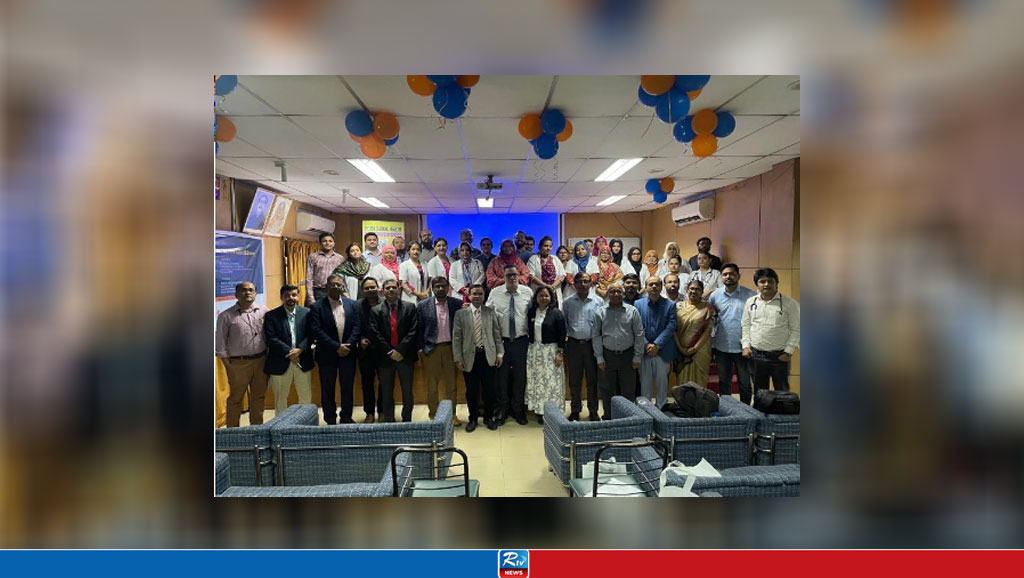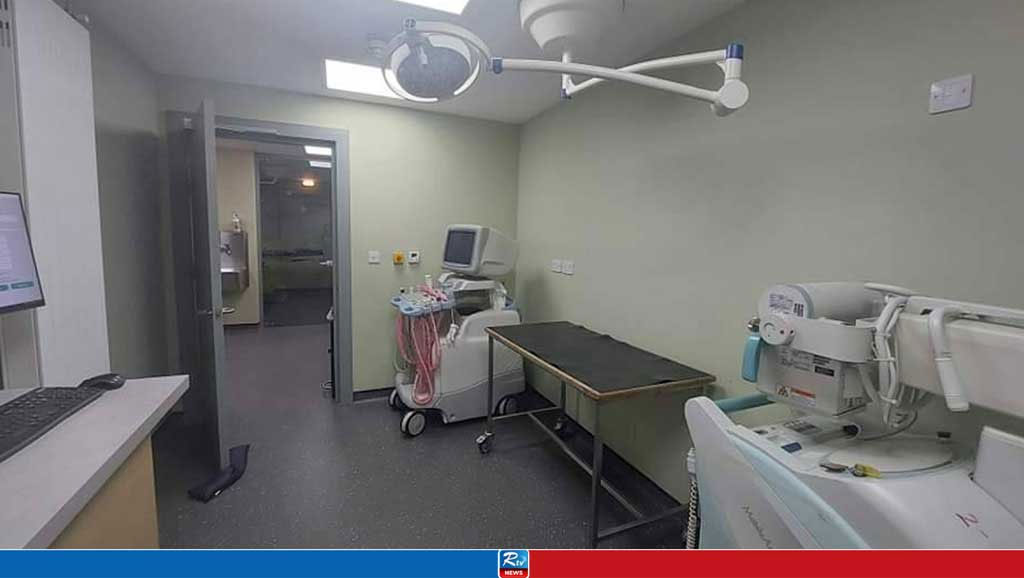Many women have the desire to hold a child in their arms but for some, this desire is thwarted by invisible barriers and because of this, women in particular and many young couples these days have been advised to seek therapy as soon as they have concerns about their reproductive health. In an interview with HT Lifestyle, Dr Shobha Gupta, Medical Director, board-certified IVF Physician and Gynaecologist at Mother's Lap IVF Centre in New Delhi and Vrindavan, elucidated the ways in which gynaecological conditions such as endometriosis, fibroids, obstructed Fallopian tubes, PCOS and other conditions might imperceptibly affect female fertility.
Urging women to see their gynaecologist any time they have any concerns about their reproductive health such as pain, menstrual irregularities, missed periods not related to pregnancy and infertility, Dr Shobha Gupta underlined the significance of getting expert assistance as soon as possible to allow for timely discovery and diagnosis, which she stated are essential, given the variety of treatment choices available.
Starting a fertility journey entails a number of actions and decisions. Dr Shobha Gupta highlighted some important things to remember -
Medical and health considerations
1. Consult a specialist: Schedule a visit with a fertility specialist to understand your reproductive health and discuss your options.
2. Understand your cycle: Track your menstrual cycle to identify your most fertile days.
3. Medical history: Share your full medical history with your doctor, including any previous pregnancies, miscarriages, or surgeries.
4. Preconception health: Both partners should undergo preconception health checks to identify and address any potential issues.
5. Folic Acid: Start taking folic acid supplements as recommended by your doctor to reduce the risk of birth defects.
Financial planning:
1. Insurance coverage: Check your insurance coverage for fertility treatments and understand what costs will be out-of-pocket.
2. Budgeting: Plan and budget for potential treatments, medications, and other related expenses.
Identifying the issues and treatment options:
1. Understanding options: Familiarise yourself with different fertility treatments like medication, Intrauterine Insemination (IUI), In Vitro Fertilization (IVF), etc.
2. Success rates: Research the success rates of different treatments and discuss these with your specialist.
Medication, minimally invasive surgery, or even assisted reproductive technologies (ART) like IUI or IVF can provide a route to parenthood, depending on the particular problem. Dr Shobha Gupta stated, "This isn't just medical information; it's a message of hope." She urged women to prioritise their reproductive health and not wait to consult their gynaecologist because prompt action can greatly boost the likelihood of a successful pregnancy.”
Lifestyle and environmental factors:
1. Healthy weight: Aim for a healthy weight, as being overweight or underweight can affect fertility.
2. Avoid toxins: Limit exposure to environmental toxins and chemicals that may impact fertility.
3. Eat wisely: It is always best to stay away from junk food, particularly if you are attempting to conceive. Changing your diet is one of the most significant methods to get your body ready for parenthood. The best method to prepare your body for conception is to eat a well-balanced diet full of complex carbohydrates, protein, healthy fats, and an abundance of fruits and vegetables.
4. Pay attention to the action: It is advised that expectant mothers refrain from using tobacco products, drinking alcohol, and eating a diet heavy in non-vegetarian foods. It's important to keep in mind that your chances of getting pregnant will increase if you give up these vices prior to conception. Just keep in mind that consuming more than two glasses of wine each day can alter a woman's oestrogen levels and decrease her remaining egg supply.
5. Avoid caffeine: If you drink a lot of tea and coffee, you should consider reducing your caffeine intake as well. This is because consuming too much caffeine has been linked to decreased oestrogen levels, which can cause ovulation to be delayed and reduce the likelihood that you will become pregnant.
6. Have regular intercourse to get pregnant quickly: Studies show that couples who have sex at least once every other day are more likely to become pregnant than those who don't. Make having sex a pleasure rather than a chore. The reproductive peak may fluctuate in women with regular cycles, so timing is crucial.
Dr Shobha Gupta concluded, "As gynaecological issues and infertility are interrelated, appropriate investigations, diagnosis, and treatment are crucial." “The primary goal is to inform women about different ways to address infertility problems, which are now a global concern that impact every couple.” So as you begin your road towards fertility, bear in mind everything that has been said thus far.
Source: HT
- Dhaka Sat, 27 JULY 2024,

 Live Tv
Live Tv













